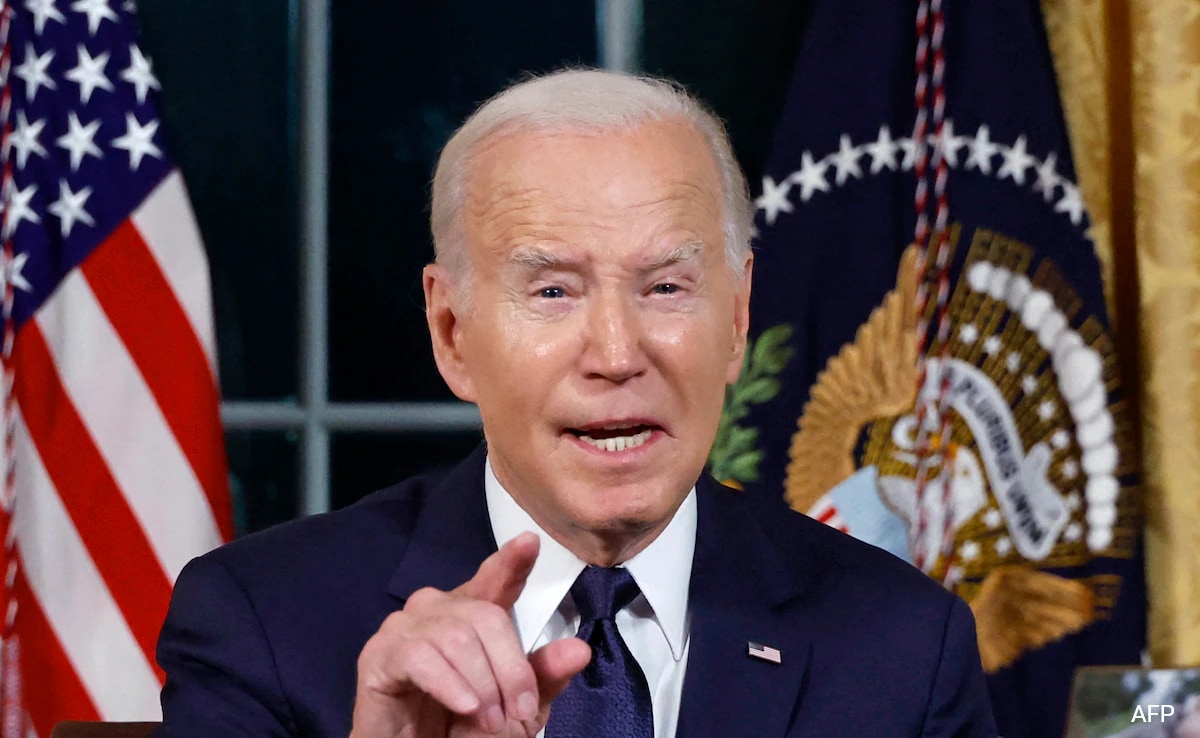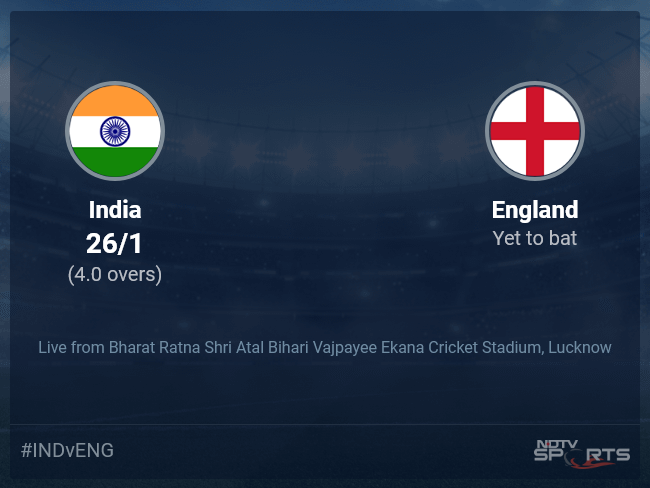The number of electric vehicles in India has surged from just 2,400 a decade ago to over 27.4 lakh as of July 2023. File.
| Photo Credit: Ashoke Chakrabarty
The number of electric vehicles in India has surged from just 2,400 a decade ago to over 27.4 lakh as of July 2023. However, given the concurrent rise in the number of non-electric vehicles, the overall share of electric vehicles has still not crossed the 1% mark. Notably, there is also a wide inter-State disparity in the penetration of electric vehicles.
There has also been a dramatic shift in the class of electric vehicles over time. In the initial years, between FY2015 and FY2020, when the number of electric vehicles was growing at a relatively slow pace, the share of e-rickshaws in the mix was much higher than the share of electric bikes. However, in the last four fiscal years, as the absolute number of electric vehicles has increased at a quicker pace, the share of electric bikes has surged and surpassed the share of e-rickshaws.
Chart 1 | The chart shows the cumulative number of electric vehicles in India over time.
Charts appear incomplete? Click to remove AMP mode
As of July 14, 2023, India had 0.27 crore electric vehicles, 5 crore diesel vehicles, and 28 crore petrol vehicles. The share of electric vehicles was just 0.79%, with petrol vehicles forming over 80% and diesel motors contributing about 14.5%. The share of petrol/CNG hybrid (1.4%) was also higher than the share of electric vehicles, while with a 0.6% share, the petrol/LPG variant came close.
Chart 2 | The chart shows electric vehicles as a share of all vehicles registered in a State as of July 14, 2023.
Assam ranked first with a share of 2.2% electric vehicles, followed by Tripura (about 2%). Delhi, Bihar, Uttarakhand, Uttar Pradesh, and Goa had a share of over 1%. Among the major States, Himachal Pradesh had the lowest share with 0.11%, followed by Punjab (0.26%), Andhra Pradesh (0.40%), West Bengal (0.44%), and Madhya Pradesh (0.47%).
Click to subscribe to our Data Newsletter
Chart 3 | The chart shows the share of various types of electric vehicles over time.
In FY16, the share of e-rickshaws in total electric vehicles was 92% with other types such as two-wheelers, three-wheelers (other than e-rickshaws), and four-wheelers forming the rest of the 8%. Notably, an overwhelming number of e-rickshaws were used to carry passengers, while a few had carts for carrying goods or garbage.
Till FY20, there was no dramatic change in the share with e-rickshaws dominating with a market share of 82%. But the share of two-wheelers had started to rise by then. After FY20, the share of two-wheelers saw a drastic rise and peaked at about 60% in FY23, while the share of e-rickshaws came down to 32%. The latest financial year saw a small drop in the share of two-wheelers with the share of electric four-wheelers expanding beyond 5% for the first time. The share of electric three-wheelers other than e-rickshaws has remained below 5%.
Chart 4 | The chart shows the State-wise number of electric vehicles which are not e-rickshaws on the vertical axis.
The share of non-e-rickshaws among all electric vehicles is depicted on the horizontal axis. The size of the bubbles corresponds to the total number of electric vehicles. All figures are as of July 14, 2023.
The shift in the mix of electric vehicles in India from e-rickshaws to two-wheelers was led by Maharashtra, Karnataka, Tamil Nadu, Gujarat, Kerala, and Rajasthan. These States have a relatively high number of electric vehicles. The majority of these are not e-rickshaws, but two-wheelers.
On the other hand, in Uttar Pradesh, Bihar and Assam, e-rickshaws continue to dominate the share of electric vehicles. Therefore, these States do not contribute much to the shift.
vignesh.r@thehindu.co.in
Source: Vahan Sewa Dashboard, Centre for Energy Finance’s Electric Mobility Dashboard
Also read: Explained | What is the technology powering hybrid electric vehicles?
Listen to our Data podcast:How Turkey’s economic and political trajectory compares to India | Data Point podcast







